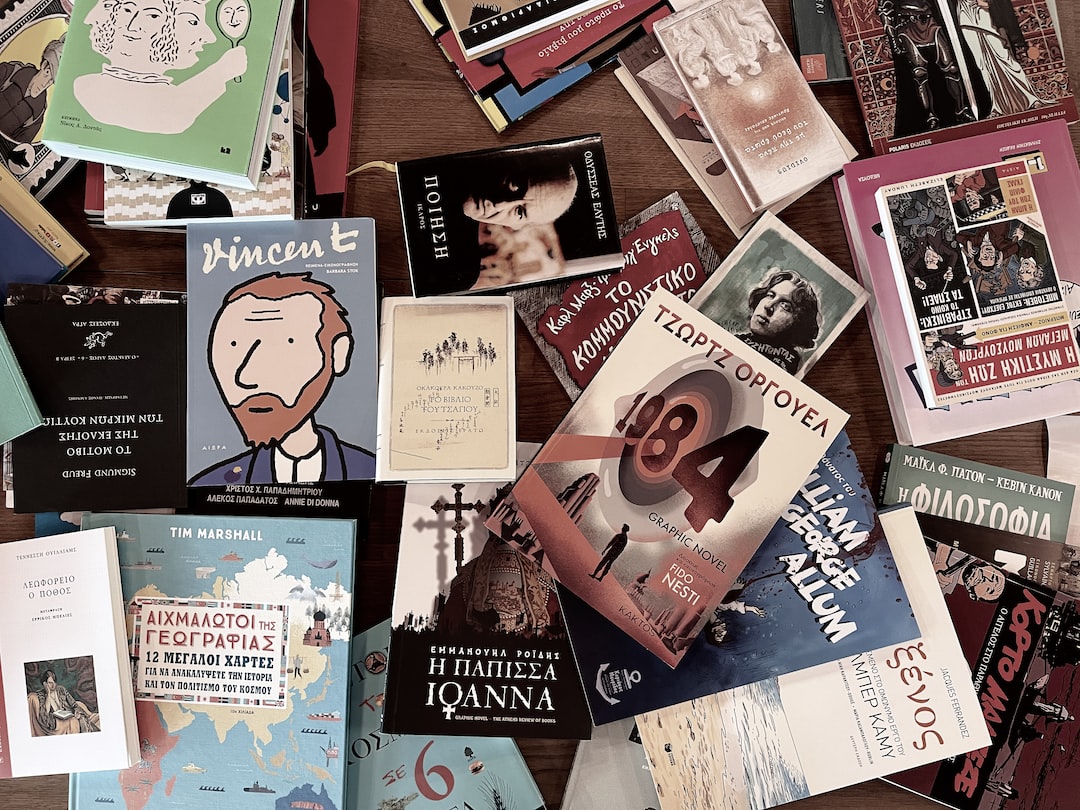Discovering the Beauty of Indigenous Art: Preserving Culture and Identity
Art has always been a profound expression of human creativity and cultural identity. Each culture holds within it a unique set of artistic traditions, techniques, and symbols that serve as a gateway to understanding its heritage. Amidst the myriad of artistic traditions around the world, Indigenous art stands out, captivating viewers with its distinctive style, rich symbolism, and deep connection to nature and spirituality.
Indigenous art refers to the artistic practices of the Indigenous peoples of a particular region. It encompasses a wide range of mediums, including painting, sculpture, weaving, pottery, and carving, to name a few. From the intricate line work of Pacific Northwest Native American art to the dot painting of Australian Aboriginal art, each Indigenous culture carries its own visual language that reflects their beliefs, history, and connection to the land.
One of the most remarkable aspects of Indigenous art is its ability to preserve cultural heritage and identity. For Indigenous communities across the globe, art serves as a powerful tool to transmit stories, traditions, and wisdom from one generation to the next. This art form acts as a bridge between the past and the future, ensuring that their cultural knowledge remains alive and relevant in a rapidly changing world.
The symbolic nature of Indigenous art plays a crucial role in conveying cultural narratives. Every stroke of paint or carving carries a hidden message, often representing spiritual beliefs, creation stories, or the interconnectedness between humans and nature. For instance, the Haida people of the Pacific Northwest region depict animals like the Raven, Eagle, and Salmon in their art, symbolizing the various facets of their cosmology. These symbols serve as a visual language, allowing Indigenous artists to communicate their cultural values and connections to the natural world, even in the absence of written language.
In addition to preserving culture and passing down ancestral knowledge, Indigenous art also serves as a form of activism. It gives Indigenous communities a platform to voice their concerns, assert their rights, and challenge misconceptions. As the world is waking up to the history of colonization and the ongoing struggles faced by Indigenous peoples, their art has become a means of reclaiming their narrative and challenging the dominant discourse. Through their art, Indigenous artists are reclaiming their space and asserting their cultural autonomy, reminding the world of the resilience, beauty, and power of their communities.
Preservation of Indigenous art and culture is not only important for the Indigenous communities themselves but also for the broader society. This art form offers a unique perspective that challenges dominant narratives and encourages a more inclusive understanding of history and identity. It fosters appreciation for diversity, encourages dialogue, and promotes cultural exchange. By valuing and supporting Indigenous art, we can contribute to the preservation of cultural diversity and the revitalization of Indigenous languages, customs, and worldviews.
While it is crucial to appreciate Indigenous art for its aesthetic value and cultural significance, it is equally important to approach it with respect and mindfulness. Indigenous art is deeply rooted in the communities that create it, and its sale or exhibition should be conducted with strict ethical guidelines to ensure proper recognition, compensation, and cultural sensitivity.
As we explore the beauty of Indigenous art, we enter into a realm that goes beyond the visual. We engage with a story that has been shaped by centuries of tradition, resilience, and spiritual connection. It is a journey that allows us to discover the depth of human creativity, the power of cultural continuity, and the importance of preserving the diverse tapestry of our world’s Indigenous peoples. Let us embrace this opportunity to learn, appreciate, and celebrate the beauty of Indigenous art and contribute to the preservation of cultural heritage and identity for generations to come.

